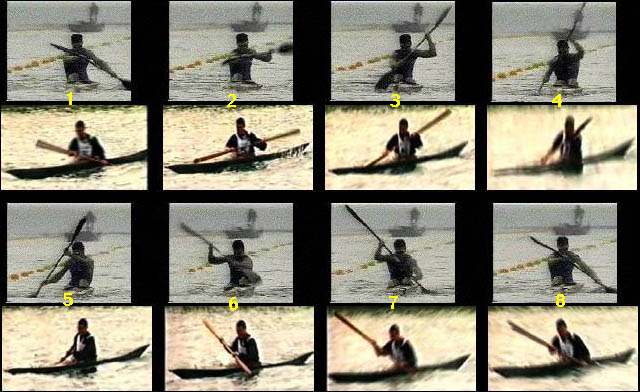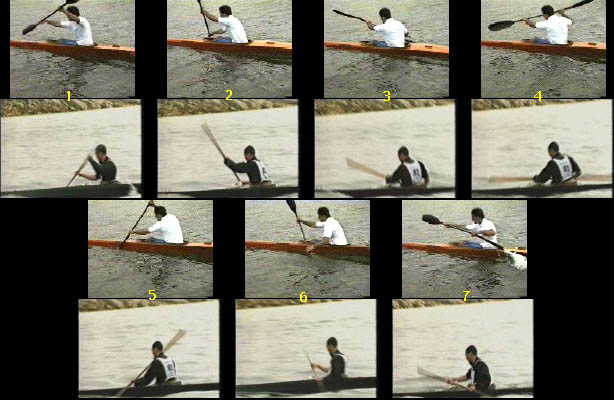By Gary Buiso
Jamaica Bay is losing its marshes at a precipitous rate—far greater than previously suspected, a stark reality that could have grave consequences for wildlife seeking In just five years, the bay’s saltwater marsh islands could be rendered a faint memory, according to the study, prepared by the Jamaica Bay Watershed Protection Plan Advisory Committee and the National Park Service’s Gateway National Recreation Area, which includes Jamaica Bay.
“We found the rate of loss appears to be increasing,” said Doug Adamo, Chief of the Division of Natural Resources at Gateway and co-chair of the advisory committee.
The study updates a 2001 State Department of Environmental Conservation analysis that predicted the marsh island’s demise by 2024.
Using 2005 data for key representative marshes, the new study, find a faster pace of deterioration. The new study uses more comprehensive satellite imagery and aerial photography.
“Without a concerted effort to counteract this loss, these marshes, and the benefits they provide to the bay’s wildlife and the regional ecosystem, and to the surrounding communities, can be anticipated to be lost in the near future,” the study warns.
The report found that by 2003, just 37 percent of the tidal wetlands that were present on Jamaica Bay’s marsh islands in 1951 still remain, and that between 2003-2005, four of the five case study marshes lost 54 additional acres—almost 30 percent of the tidal wetlands they had in 2003.
If the observed losses are extrapolated for the entire bay—and there is no intervention to prevent further loss—the bay’s marsh island’s are projected to disappear by 2012.
Adamo said the cause of the loss is still unknown.
But one prime suspect has emerged: human beings.
“The majority of it is caused by nitrogen releases from sewage treatment plants,” Adamo said.
The four sewage plants that deposit cleaned wastewater into the bay contributes mightily to nitrogen pollution—to the tune of 30,000-40,000 pounds of nitrogen a day.
While marsh plants require nitrogen to survive, too much of it can be a good thing.
“Once you reach a critical level, you affect the sulfide level in the roots of the plants,” he continued. Sulfide levels, in turn, reach toxic levels, destroying the plants’ roots, which are essential to keep the marsh substrate intact.
When the roots are dead, a foul, amorphous mass, Adamo called, “black mayonnaise,” is left in their place.
“Once that happens, entire clumps of vegetation floats away,” he said.
The marshes serve as food sources for a shellfish and other invertebrates.
“You are basically destroying the very beginning of the food chain, which is critical for higher organisms to feed on,” Adamo said. Each subsequent organism, will have difficulty finding food.
“You are in trouble all the way up the line,” he said.
Another theory for the deterioration is the continuing decrease in the amount of sediment deposits reaching the marshes. Increased development near the bay, as well as dredging in sections of the bay could be acting as barriers to ocean sediment that needs to travel into the bay and sustain the marshes, according to the committee.
The study recommends “immediate and aggressive efforts to address this emergency.”
The study urges a Jamaica Bay nitrogen control strategy that would reduce current levels of by 55 percent reduction, a recommendation previously made by the advisory committee.
“To keep pace with the problem as much as possible there should be a significantly expanded effort to restore and expand marsh habitat on existing islands, as well as to protect and restore fringe tidal marshes around the bay,” according to the report.
The study also recommends the creation of a task force comprised of federal, state and city officials, to ensure that necessary actions be taken to address the marsh loss crisis.
Moreover, the study notes, the exact cause of the deterioration must be found.
The committee recently submitted its final recommendations for the city Department of Environmental Protection (DEP)’s Jamaica Bay Watershed Protection Plan.
Local Law 71, enacted in 2005, compelled the city’s Department of Environmental Protection (DEP) to craft a plan for the bay. The city’s final plan is due in October 2007; the new study will be taken into account before that plan is issued, the agency has said.
The DEP has reportedly said that the link between nitrogen and the marsh loss is weak, pointing to the fact that nitrogen levels from sewage plants have dropped by a third over the past 10 years.
The bay, a unit of the National Park Service, borders Brooklyn, Queens and Nassau County. It includes 26,645 acres consisting of open water, meadowland, marshes, dunes and forests.
The bay and its uplands are a critical habitat for more than 80 species of fish, as well as a host of endangered and threatened species, including the Peregrine Falcon and Atlantic Ridley sea turtle. Each year, nearly 20 percent of North America’s bird species visit Jamaica Bay.

 While bracing with the legs, offer Niko a hand up. Notice how much bracing is happening.
While bracing with the legs, offer Niko a hand up. Notice how much bracing is happening. And he's up! Now go for a paddle. When the black flies build up, you can use the traditional greenland fly swatting stroke (for another article), or if they are very bad, send him for a 10 minute swim as you paddle. The flies might go away if you are lucky.
And he's up! Now go for a paddle. When the black flies build up, you can use the traditional greenland fly swatting stroke (for another article), or if they are very bad, send him for a 10 minute swim as you paddle. The flies might go away if you are lucky.

























